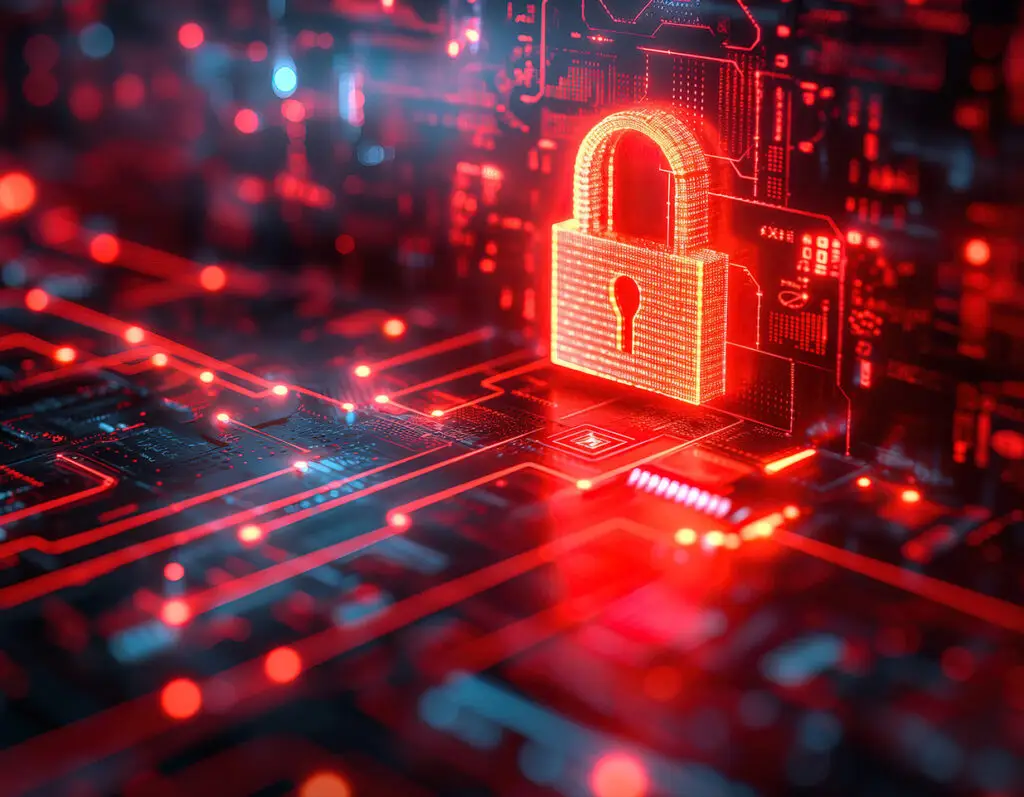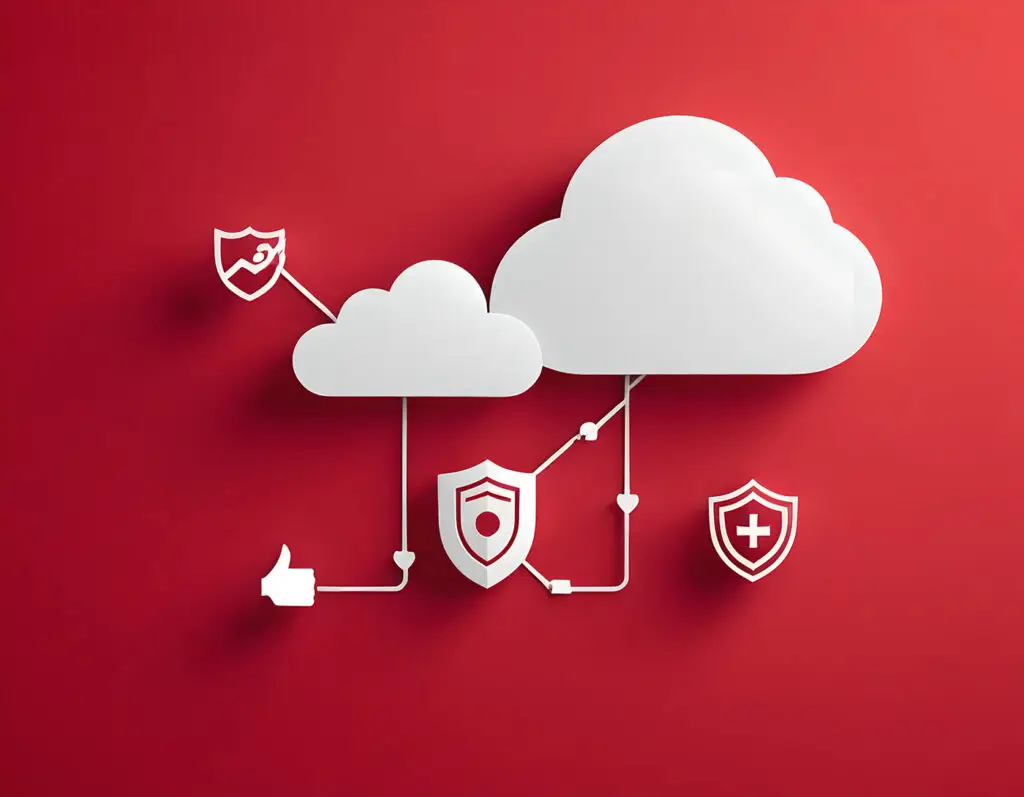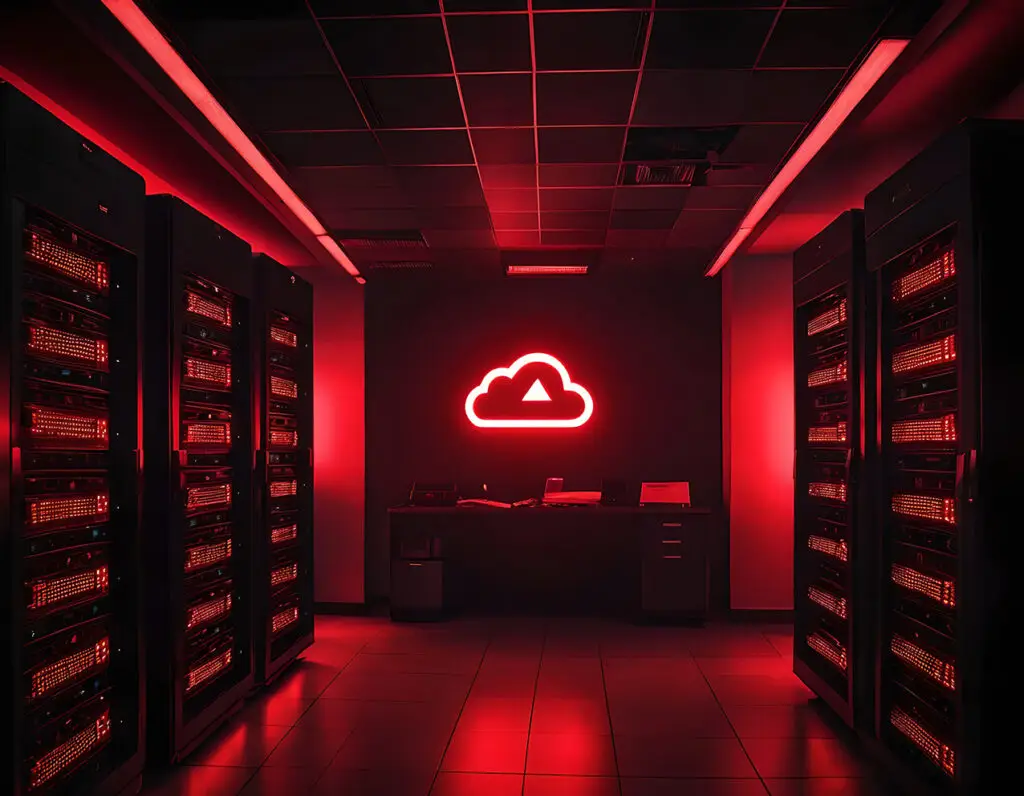In the previous parts of our series, we talked about technical protection networks such as backups. But one of the biggest vulnerabilities remains the human element. End devices - your employees' laptops, PCs and mobile devices - are the number one gateway for attackers. In part 3, we look at how companies can secure their clients (end devices) and why employee awareness training is just as important as virus protection. Decision-makers will learn in a practical way how technical solutions and human training go hand in hand to achieve a robust level of security.
Technical protection for clients:
Every client in the company is a potential gateway. An unprotected computer can bring malware into the network, a missing patch can leave a known security gap open. Endpoint security is therefore the order of the day: modern Endpoint Protection Platforms (EPP) and Endpoint Detection & Response (EDR) help to automatically detect and block viruses, Trojans and suspicious behavior on PCs. Important for decision-makers: Make sure that all end devices are managed centrally - from antivirus software and firewalls to regular updates. An up-to-date inventory of all devices and software versions creates transparency. In addition, policies such as device encryption (hard disk encryption for notebooks) and multi-factor authentication should be standard when logging in. This limits the damage if a device does fall into the wrong hands or is compromised.
Awareness training: people as a firewall:
Technology alone is not enough - people remain the decisive factor. Phishing emails, social engineering calls or a forgotten USB stick on the train: every day, employees can unwittingly become a source of danger. This is where awareness training comes in. In regular training courses and workshops, employees learn to recognize cyber threats and react correctly. From recognizing a fake email to the secure handling of passwords: Creating awareness increases the "human firewall" enormously. It is important that such training takes place continuously (e.g. quarterly e-learning courses or phishing simulations) so that knowledge remains fresh. This pays off for company management: According to studies, human error is partly responsible for up to 90% of security incidents. If this rate is reduced through training, the risk drops dramatically. Some cyber insurers now specifically ask whether awareness programs are being implemented - an indication of how essential the human factor is.
Combination of measures:
The best strategy for client security is a multi-layer model: technology and people complement each other. On the one hand, up-to-date security software ensures that known threats do not cause any damage in the first place. On the other hand, attentive, well-trained employees can report anomalies before anything happens - for example, forwarding the suspicious email attachment to IT immediately instead of opening it. It is also worth having clearly defined processes: for example, where employees should go in the event of suspicion (IT hotline, security team). If everyone pulls together, this increases the security culture throughout the company. Incidentally, user rightsalso play a role. Not every employee should have local administrator rights on their computer. Least privilege principles (minimum required rights) further reduce the risk of a single compromised client causing major damage.
Conclusion:
Endpoint protection is far more than just a virus scanner on every PC. For decision-makers, this means investing in both technical solutions (endpoint security, updates, MFA) and employee training. One without the other leaves gaps. A workforce that lives security and well-secured devices together form a strong line of defense. In times when a single click on the wrong link can cause millions in damage, prevention on the user side is worth its weight in gold. In the next part of our blog series, we turn our attention to infrastructure: protecting servers and cloud environments as the next piece of the cyber resilience puzzle.



